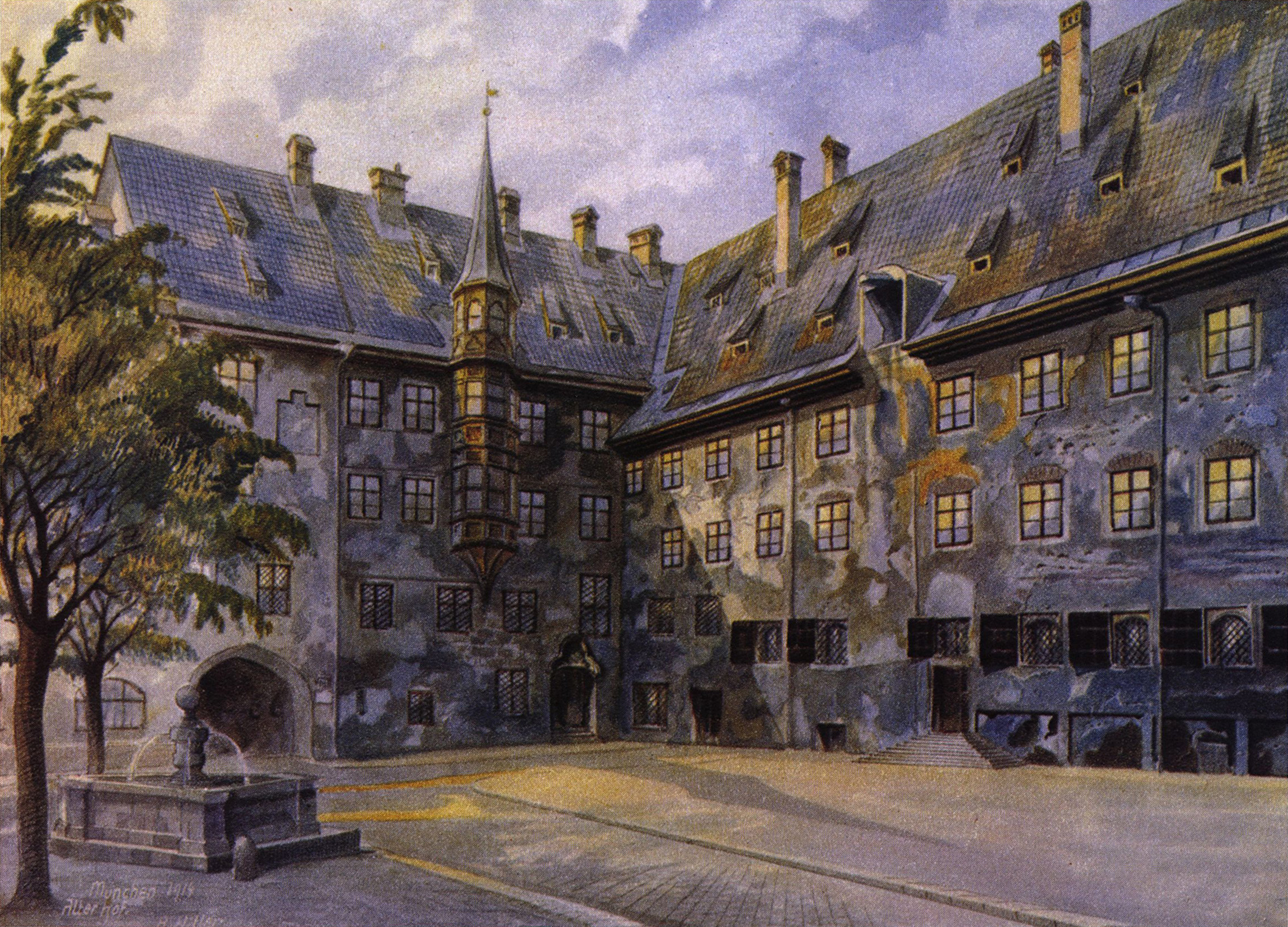Degenerate Art
Although avant-garde artists often had to endure public ridicule both in Europe and America, they suffered outright political persecution in Germany in the 1930s and 1940s. The most dramatic example of this persecution was the infamous Entartete Kunst (Degenerate Art) exhibition that Adolf Hitler and the Nazis mounted in 1937.

Hitler aspired to become an artist himself and produced numerous drawings and paintings reflecting his firm belief that 19th-century genre painting represented the zenith of Aryan art development. Accordingly, Hitler denigrated anything that did not conform to that standard – in particular, avant-garde art. Turning his criticism into action, Hitler ordered the confiscation of more than 16,000 artworks that he considered “degenerate.” To publicize his condemnation of this art, he ordered his minister for public enlightenment and propaganda, Joseph Goebbels, to organize a massive exhibition of this “degenerate art.” Hitler designated as degenerate those artworks that “insult German feeling, or destroy or confuse natural form, or simply reveal an absence of adequate manual and artistic skill.” Hitler’s order aimed to impress on the public the general inferiority of the artists producing this work.


To make that point all the more dramatic, Hitler ordered the organization of another exhibition, the Grosse Deutsche Kunstausstellung (Great German Art Exhibition), which ran concurrently and presented an extensive array of Nazi-approved conservative art.


Entartete Kunst opened in Munich on July 19, 1937, and included more than 650 paintings, sculptures, prints, and books. The exhibition was immensely popular. Roughly 20,000 people visited the show daily. By the end of its four-month run, it had attracted more than two million visitors, and nearly a million more viewed it as it traveled through Germany and Austria.[1]
Many of the artists whose works were exhibited here went into hiding or emigrated because they were considered enemies of the state.
- Fred S. Kleiner, Gardner’s Art Through the Ages: A Global History, vol. 2, 16th ed., (Boston: Cengage Learning, 2013), 804. ↵

